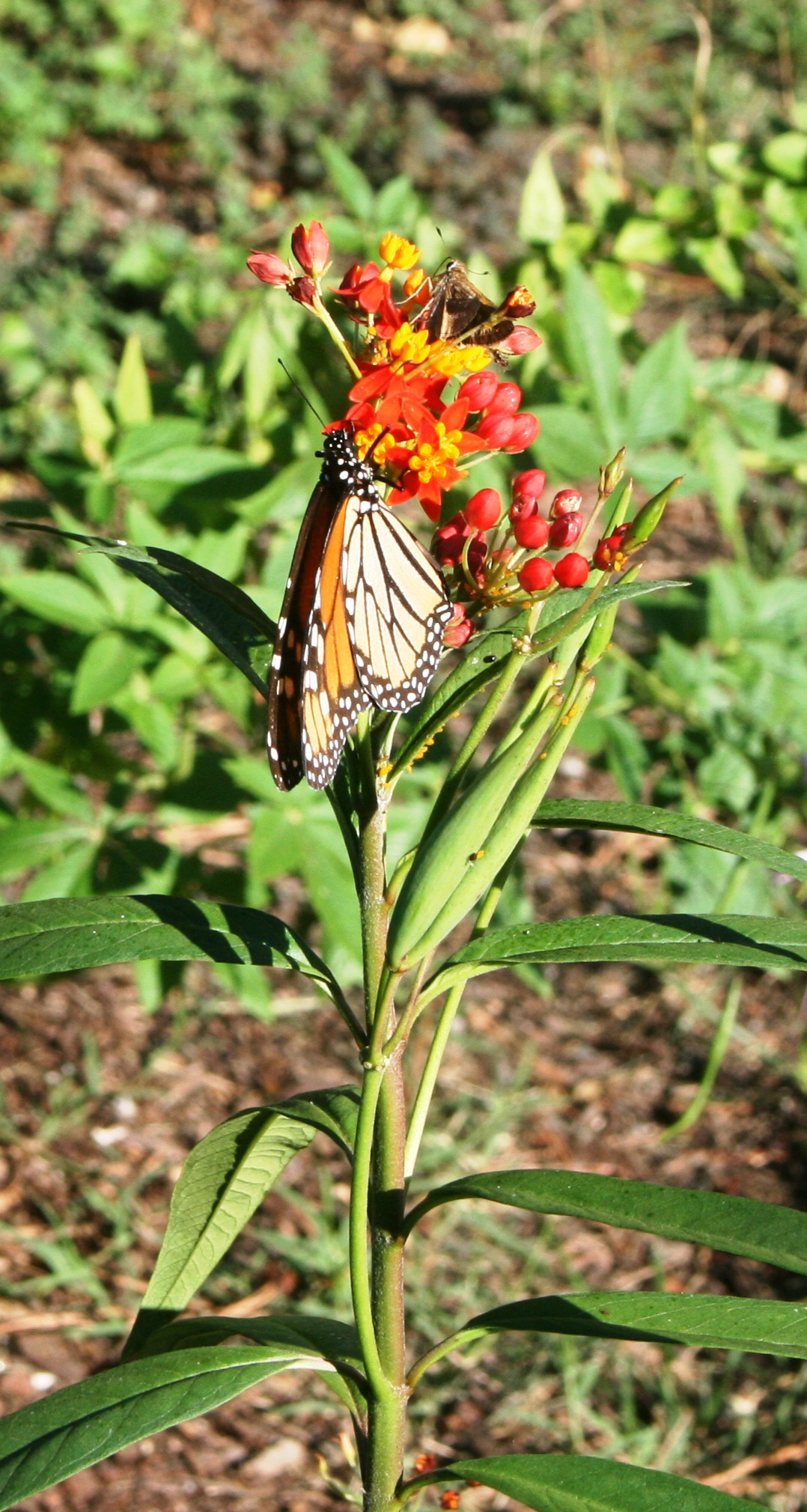Attracting Native Pollinators (and Flies!)
by Janet Woody, Librarian, Lewis Ginter Botanical Garden
We received a new book in the library just in time for fall garden planning.
Attracting Native Pollinators, by Eric Mader and colleagues at The Xerces Society, is the book you need as you get ready for next spring and summer’s growing seasons. And what could be more fun that planning a habitat that will attract native pollinators. While the book emphasizes native bees and the habitats they need, butterflies and beetles are also given attention.
Did you know flies are important pollinators for a few human food crops? Strawberries, onions, and carrots needs flies to carry on their reproductive work. It’s time to start thinking more kindly about these much-maligned and misunderstood pollinators.
Bees and butterflies (and flies!) have just a few basic requirements: a flower-rich foraging area, suitable host plants or nests where they can lay their eggs, and an environment free of pesticides.
It does not take a lot of space to provide pollinator habitats, nor does it take a huge variety of plants. You can start off with a few flowering perennial plants such as coneflower (Echinacea), Russian sage (Perovskia atriplicifolia) or lavender (Lavandula).
You know what plant provides no food value or nesting opportunity for pollinators? Turf grass. Here’s another reason to let go of some of your turf grass area (I have written here before about my animosity towards turf grass). If you can let even a small area of your lawn go wild, and let the clover, dandelions, and violets grow, you can attract pollinators easily.
I discovered during this long, hot, dry summer that it takes very little to attract butterflies and bees. A friend gave me a milkweed plant (Asclepias), and with very little attention, it began to bloom quickly, and before I could walk over to admire the blooms, it attracted all sorts of butterflies. I have been neglectful in watering it, and it gets a blast of relentless hot afternoon sun every day, but it has proven to be sturdy and durable. That makes it a highly desirable plant in my book. And pretty too. I’ve included a photo here. I stood in the hot afternoon a sun a long time waiting for the butterfly to rest long enough to get a good shot. I hope you like it.
Books and videos circulate to Garden members for 3-week loans. Feel free to check out this or other books on your next visit.
